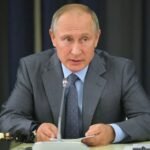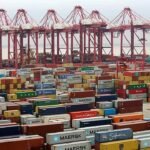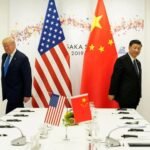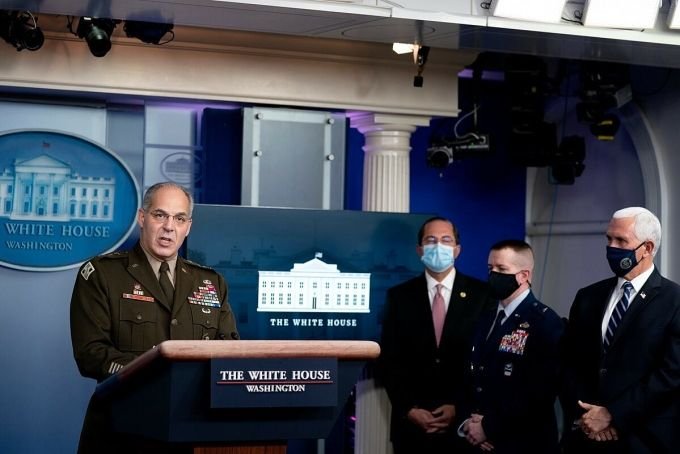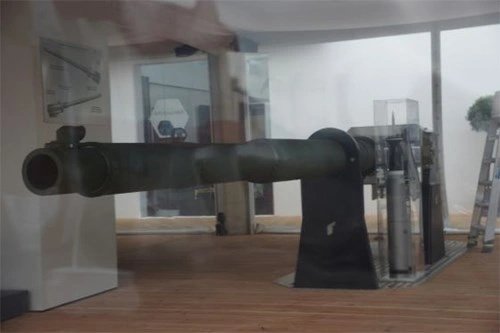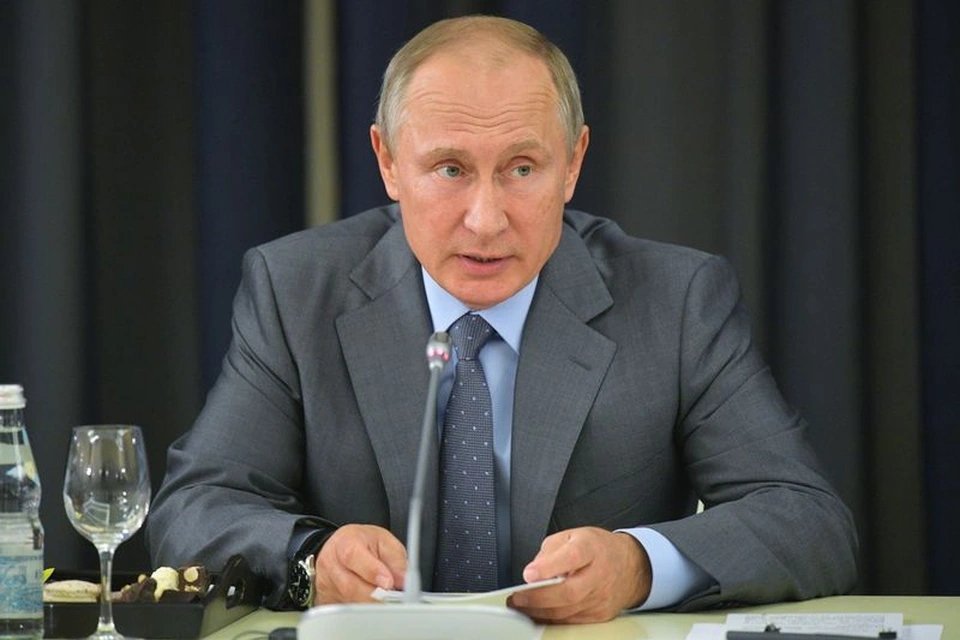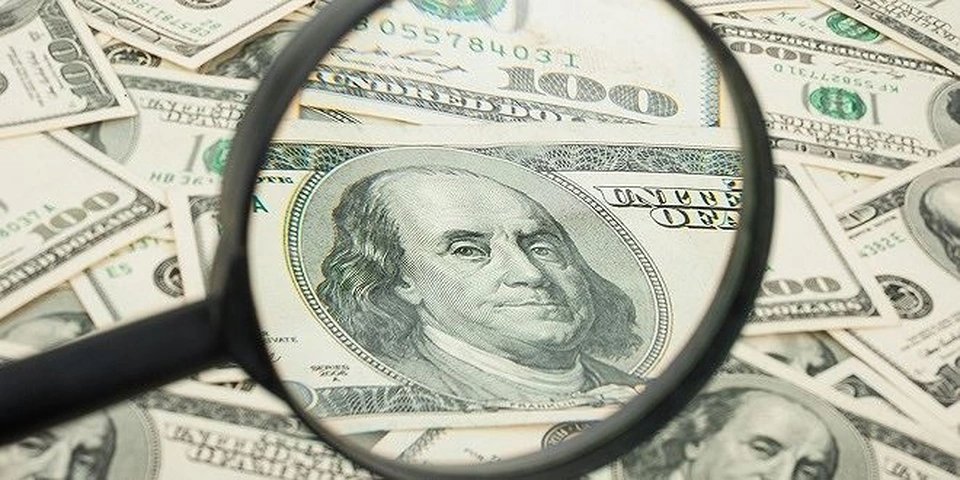America entered winter with the spread of Covid-19 at an alarming rate, but news about vaccines sparked a lot of hope.
On December 11, the Food and Drug Administration (FDA) licensed the first Covid-19 vaccine in the US.
The first three million doses are being deployed.
Those on this list can learn more about where to get vaccinated from their state or local government, for example through the state’s Covid-19 website.
In the spring, experts predicted the US would have a vaccine for at least a year or a year and a half.
`It’s not because of luck that we easily beat experts’ predictions. It’s because the government has drawn up quick response plans through Operation Flash Drive,` Secretary of Health and Human Services said.
General Gustave F. Perna, director of Operation Speed Force, speaking at the White House, November 2020.
American researchers and partners around the world began research and development of a Covid-19 vaccine in January.
As the pandemic broke out in the US, the Trump administration identified potential difficulties that could slow vaccine access.
First, vaccines are complex and scaling up production takes a lot of time.
Second, quickly distributing and administering vaccines to every American is an unprecedented logistical project.
In April, the Department of Health and Human Services (HHS) worked with other experts across the administration to address these issues, recruiting world-class leaders to advance bold goals.
First, starting production as soon as possible will speed up progress without compromising safety or efficiency.
To address these challenges, health officials invited Moncef Slaoui, a scientist with experience in developing many large vaccines.
Together, the Operation Speed team built a list of promising candidates, invested more than $10 billion to give companies confidence and worked closely with them, to ensure everything needed
HHS has extensive experience working with researchers and innovators, but supporting a manufacturing effort at a massive scale requires the involvement of expert pharmaceutical manufacturers and a partner.
On a daily basis, the Pentagon ensures the smooth flow of production supplies to the right destination, such as guns, ammunition, and food.
For example, when a company needs specific parts to get a bioreactor running, OWS employees make sure the part manufacturer prioritizes the order.
`Such priorities have helped companies get things going faster than usual,` said Moncef Slaoui, the campaign’s scientific adviser.
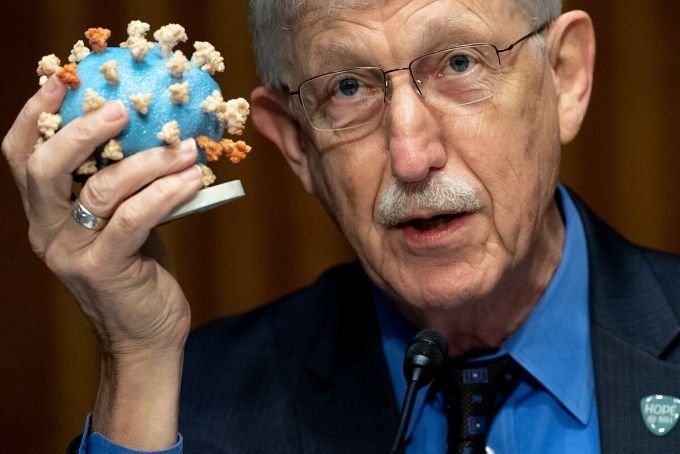
Dr. Francis Collins holds a model of nCoV at a discussion about Operation Speed Force, July 2020.
Second, how to distribute and manage vaccines safely and effectively.
`When I met with the Secretary of Defense and the Chairman of the Joint Chiefs of Staff in April, they immediately appointed General Gustave Perna, who runs the US military’s logistics command,` said Mr. Alex Aza.
The Pfizer vaccine was licensed on the evening of December 11, and government agencies and the private sector began shipping the vaccine to facilities across the United States.
`Americans can trust safe and effective vaccines because they have gone through an extremely rigorous process,` said Alex Aza.
Vaccines are developed through three typical clinical trial phases.
Data submitted to FDA.
`That is the same process that Americans know and trust for any other drug authorized or approved by the FDA,` said Alex Aza.


